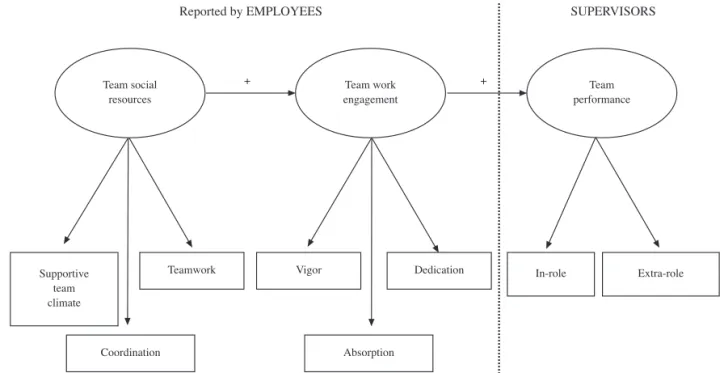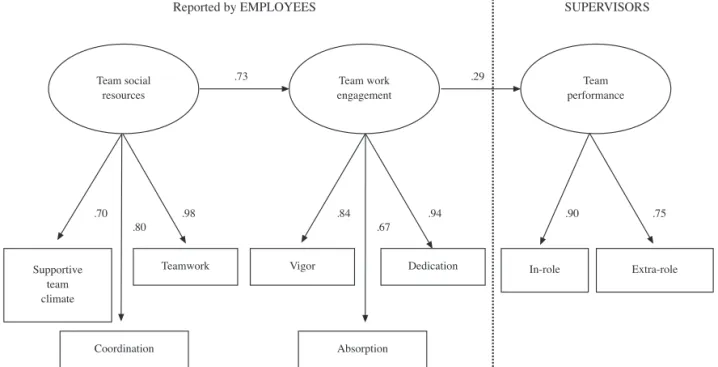Teams make it work: how team work engagement mediates between social resources and performance in teams
Texto completo
Figure



Documento similar
Menal and Vaserstein showed in [24] that the semilocal rings satisfying the hypotheses of Theorem 2 are precisely those rings A with 2A = A and which contain no factor ring
Once this research is concluded, we believe that the management of teams and radio products model employed in iradioUCAM, through cooperative and collaborative learning, could serve
In a survey of 1,833 business management undergraduates in six Ibero-American countries, factor analysis identified three approaches to stakeholder relations, behaviors, and
Simulation results show the validity of the FLDTC method not only achieving a considerable reduction in torque ripple, but also reducing the energy consumption taken from the
We have tried to improve this kind of policies in two ways: by applying PDML to a baseline gang scheduling policy, developping the Performance-Driven Gang Scheduling, and by a
The proposal gains the advantages of both schemes: fast restoration time from the fast rerouting scheme by rerouting the affected traffic to the preplanned alternative LSP and the use
Bearing in mind the need to coschedule distributed applications in Clusters or NOWs when they are executed jointly with local workload, two coscheduling techniques have been
We postulate that to build collective efficacy in contemporary teams over time, it is necessary to enhance positive emotional states (i.e., team task engagement) and